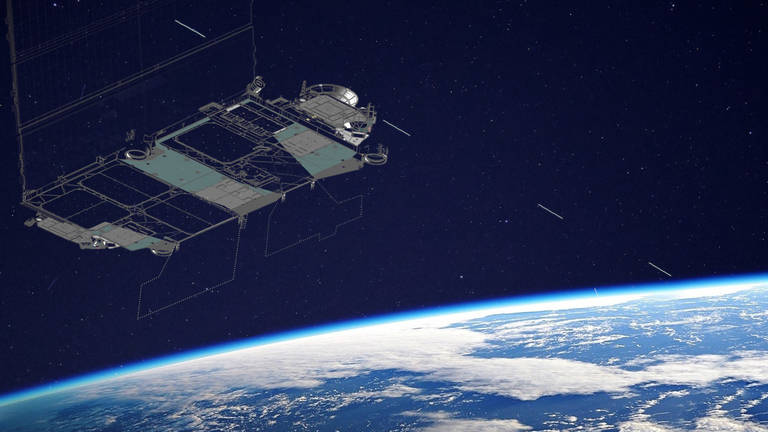
Imagine you are in the middle of nowhere, hundreds of kilometers from civilization. This scenario would probably be easier for you to picture if you think back to a time when you were completely without internet, without WiFi, and without cellular data. Now, imagine that it was a situation you lived in every single day while for many people it can be difficult to visualize, to others that is a reality. This is one of the reasons Starlink was formed. Aerospace company, SpaceX, is at the heart of the Starlink project.
According to Elon Musk, the company's CEO, there is significant unmet demand for low-cost global broadband capabilities. And in truth, Elon is absolutely right. There may be high-speed WiFi in virtually every home, restaurant, and coffee shop in urban areas. But that is not the case everywhere in remote or rural areas, or maybe some locations that have been hit by natural disasters such as hurricanes or wildfires. In such underserved areas, the internet connection is slow and unreliable at best, but sometimes it is completely unavailable.
SpaceX started the Starlink project to solve that problem, and to rescue people living in internet deprived areas. Additionally, Starlink also aims to provide competitive Internet services, even to people in urban areas.
Starlink is a constellation of internet satellites that work together with receivers on earth. The constellation currently consists of more than 1000 satellites. SpaceX plans to increase the number up to 12,000 and possibly 42,000 later on.
Another difference between Starlink's mass-produced small satellites and the satellites used by other satellite Internet service providers is their location in space. Starlink's thousands of satellites are located in low-earth orbit, about 350 miles above the Earth. That is more than 60 times closer to Earth than traditional communications satellites, which orbit the Earth at a distance of about 22,000 miles away from the planet.
For Starlink, being relatively close to Earth means that Starlink satellites can potentially provide its users with an internet connection with much lower latency than is currently available with a traditional satellite internet connection which are far from Earth.
The high latency in traditional providers results in slow internet connections and poor performance for activities such as video calling and online gaming.
SpaceX's ambitious project is not the first of their kind. Back In 2015 Elon Musk, the company's CEO, announced a satellite internet project. That same week, another entrepreneur announced a similar project named OneWeb satellite constellation. About five years later, in 2020, OneWeb which planned to start off with about 650 satellites in its constellation and had even already secured communication frequency licenses went bankrupt.
All of the previous failures of similar projects made it a clear indication to SpaceX that executing their plan would not be an easy task. However, SpaceX continued with the project product development and in February 2018, two prototype test satellites were launched. In May 2019 the company deployed additional test satellites and eventually 60 operational satellites were launched into space.
SpaceX plans to offer its services globally by the end of 2021 or 2022. Before that, however, they launched a private beta during testing known as the Beta Operation in August 2020, the company selected a few people from those who expressed their interest to participate in the beta testing of their website. Subscribers had to pay about $500 upfront for the router and other hardware in addition to these devices cost the monthly subscription $99, which, according to Starlink beta testers, is significantly cheaper than current full-featured satellite Internet service providers.
According to Starlink, beta testers should experience download speeds between 50 megabytes per second to 150 megabytes per second, with a very low latency of just 40 milliseconds or less, much faster when compared to the current satellite internet latency of about 600 milliseconds.
Even with those record-breaking numbers, SpaceX estimates that Internet speeds will get much faster after the company launches more satellites, set up other equipment, and become fully operational.SpaceX has been sending the small satellites into space with the company's reusable Falcon 9 rockets, 60 satellites at a time.
The total cost of development and build out of the Starlink constellation has been estimated to be about 10 billion dollars. However, if the constellation goes as planned, and SpaceX is able to keep the progress going, the project could potentially generate billions of dollars in revenue for the company, pushing them even further towards realizing their even more ambitious dream to set up human colonies on mars.
They have been able to provide a proper internet connection to people who previously had to live with slow connections (or no connection at all). They even helped emergency responders to rebuild a town in Washington state that have been destroyed by wildfire. So far, Starlink looks like it is off to a good start, but we will have to wait and see where it goes.









